Why Your Internet Provider is Lying to You: The Truth About Megabytes and Megabits
What do you understand between 10 Mbps and 10 MBps? At first glance, they might seem similar, but the difference is crucial and can significantly impact your internet experience. In the age of streaming, gaming, and working from home, a fast and reliable internet connection is crucial. Yet, many of us have experienced the frustration of sluggish internet speeds despite paying for a high-speed plan. The culprit? A widespread misunderstanding—and sometimes deliberate obfuscation—about the difference between megabytes (MB) and megabits (Mb). Let's dive into why your internet provider might be misleading you and what these terms actually mean.

Megabytes vs. Megabits: The Great Divide
First, let's clarify the distinction between megabytes (MB) and megabits (Mb).
-
Megabyte (MB): A unit of digital information storage. One megabyte equals 1,024 kilobytes (KB), and there are 1,024 megabytes in a gigabyte (GB). It's typically used to measure file sizes and storage capacity.
-
Megabit (Mb): A unit of digital information transfer. One megabit equals 1,024 kilobits (Kb). Internet speeds are often measured in megabits per second (Mbps).
Here’s where it gets tricky: 1 megabyte (MB) is equal to 8 megabits (Mb). This means that if your internet speed is advertised as 100 Mbps, you're getting 12.5 MBps (megabytes per second) of download speed.


The Fine Print: How Providers Mislead You
Internet service providers (ISPs) love to tout their speeds in megabits per second (Mbps) because the numbers are higher and look more impressive. However, this can be misleading for consumers who are more familiar with measuring file sizes in megabytes.
Example:
- Your ISP advertises a speed of 100 Mbps.
- You think this means you can download a 100 MB file in one second.
- In reality, at 100 Mbps, your download speed is 12.5 MBps, meaning it will take 8 seconds to download that 100 MB file.
Marketing Magic: The Illusion of Speed
ISPs often use this confusion to their advantage. By advertising higher Mbps numbers, they make their service seem faster than it actually is. Many consumers, unaware of the difference, are led to believe they are getting a better deal than they are.
Real-World Impact: The Speed You Actually Experience
When you perform a speed test or download a large file, you might notice that the speeds don't match what was promised. This discrepancy is often due to the MB/Mb confusion. Additionally, several factors can affect your actual speed, including:
- Network Congestion: During peak usage times, speeds can drop as more people use the internet.
- Hardware Limitations: Older routers and devices might not support higher speeds.
- Distance from the Router: Physical barriers and distance can weaken your Wi-Fi signal.
How to Hold Your ISP Accountable
To avoid falling into the Mbps trap, here are some tips:
- Understand the Terms: Know the difference between megabytes and megabits. Remember, 1 MB = 8 Mb.
- Check Speed Tests: Regularly test your internet speed using reliable tools like Ookla Speedtest or Fast.com. Compare these results to what you're paying for.
- Read the Fine Print: Look for any disclaimers or conditions in your ISP's advertising. They often include phrases like "up to" or "maximum speeds," which can indicate that you might not always get the advertised speed.
- Contact Customer Service: If your speeds are consistently lower than advertised, contact your ISP. Sometimes, there might be an issue they can resolve, or they might offer a credit or upgrade.
Conclusion: Knowledge is Power
Understanding the difference between megabytes and megabits can save you from frustration and help you get the service you pay for. By being an informed consumer, you can hold your ISP accountable and ensure you're not being misled by flashy numbers and clever marketing. The next time you see an internet plan boasting high speeds, take a closer look—your true internet experience depends on it.
What's Your Reaction?







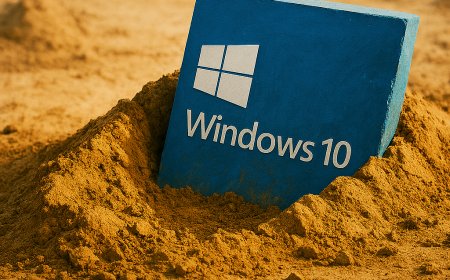








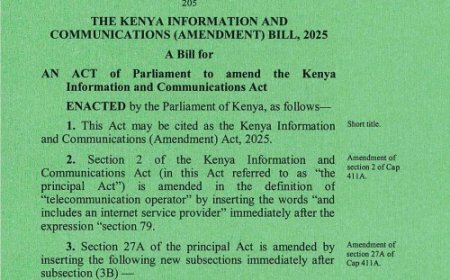



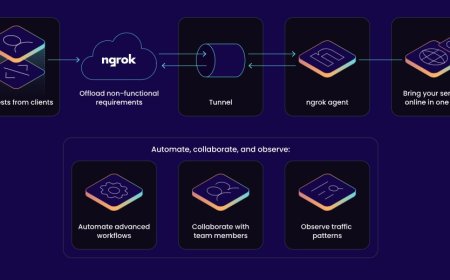







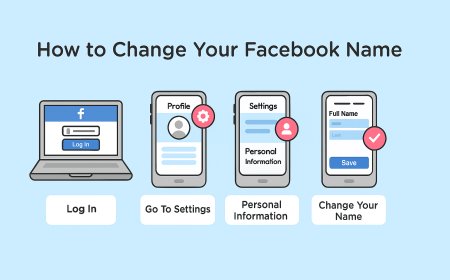

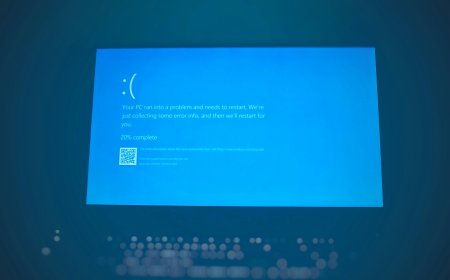
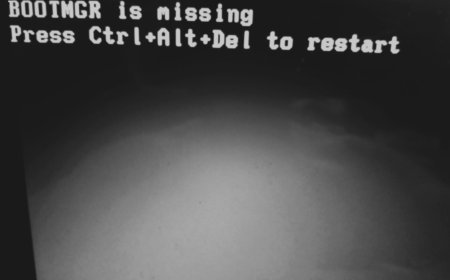

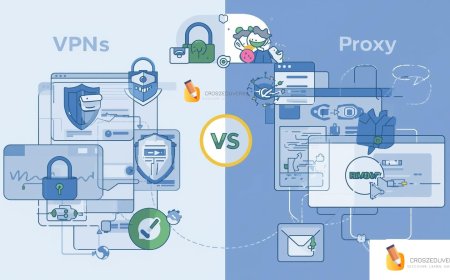


![2024 Social Media Image Sizes for All Networks [CHEATSHEET]](https://blogs.amospeter.co.ke/uploads/images/202406/image_430x256_666ad3fcd2380.jpg)













